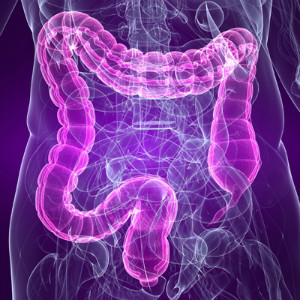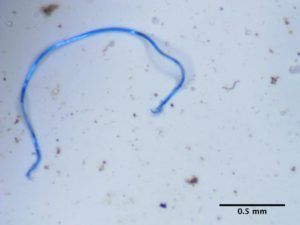 Years ago I would see large flocks of birds in my yard - all sorts of songbirds and up to 40 robins at once. Year by year the numbers slowly started diminishing and this year there was only 1 lonely robin, no chickadees, no titmice, and no sparrows.
Years ago I would see large flocks of birds in my yard - all sorts of songbirds and up to 40 robins at once. Year by year the numbers slowly started diminishing and this year there was only 1 lonely robin, no chickadees, no titmice, and no sparrows.
A recent study documents that same finding, that bird species are in serious trouble and their numbers are in free fall in the US and Canada. About 3 billion birds or a 29% decline since 1970! This decline in bird numbers includes common "backyard" bird species such as sparrows. Yup, this confirms what I am seeing.
Similarly, recent studies found that there are tremendous declines in the numbers of insects, including bees and butterflies. Yup, this is also what I am seeing in my yard - only a few butterflies (and no monarch butterflies), and hardly any bees. All these declines are an indicator of environmental health and it is not good.
What can one do? 1) For starters, we need the elimination of lawn pesticides in suburban areas, more insect-friendly flowers and plants, more milkweed (for monarch butterflies), and fewer pesticides used by farmers, communities, on the sides of highways, etc. Pesticides kill.
Think of it this way: Pesticides can give you and your pets cancer and other health problems, but weeds (wildflowers) can't. [One example: Years ago I sent in a dead bird (1 of many that I was finding) to be analyzed by a wildlife pathologist, and he found that it had died of pesticide poisoning.]
2) Also, ban or don't use lead bullets (bird lead poisoning). 3) Also, do all you can to preserve open space - to be kept as park lands protected from development.
Excerpts from Science Daily: US and Canada have lost more than 1 in 4 birds in the past 50 years
A study published today in the journal Science reveals that since 1970, bird populations in the United States and Canada have declined by 29 percent, or almost 3 billion birds, signaling a widespread ecological crisis. The results show tremendous losses across diverse groups of birds and habitats -- from iconic songsters such as meadowlarks to long-distance migrants such as swallows and backyard birds including sparrows. ...continue reading "Have You Noticed Fewer Birds In Your Neighborhood?"

 The number of people diagnosed with the infection Valley fever is increasing. According to a CDC (Centers for Disease Control and Prevention)
The number of people diagnosed with the infection Valley fever is increasing. According to a CDC (Centers for Disease Control and Prevention)  We have trillions of bacterial cells from thousands of different strains of bacteria living in our gut!
We have trillions of bacterial cells from thousands of different strains of bacteria living in our gut!  There have been a number of studies finding microplastics (tiny bits of plastic smaller than 5mm) in seafood,
There have been a number of studies finding microplastics (tiny bits of plastic smaller than 5mm) in seafood,  A really interesting study found that in humans, taking
A really interesting study found that in humans, taking  This actually may seem obvious to many: that older people cope better in terms of loneliness and depression after a spouse's death or divorce if they have at least 1 pet cat or dog (versus no pets), but it's good to read that an
This actually may seem obvious to many: that older people cope better in terms of loneliness and depression after a spouse's death or divorce if they have at least 1 pet cat or dog (versus no pets), but it's good to read that an  Today's post is in response to people asking me about climate change and what it means for the earth. A great book on this topic that was published this year and has received excellent reviews by the NY Times, scientists, and others is The Uninhabitable Earth: Life After Warming. Written by David Wallace-Wells and published by Tim Duggan Books in 2019. David Wallace-Wells is a columnist and deputy editor of New York magazine, and a national fellow at the New America foundation.
Today's post is in response to people asking me about climate change and what it means for the earth. A great book on this topic that was published this year and has received excellent reviews by the NY Times, scientists, and others is The Uninhabitable Earth: Life After Warming. Written by David Wallace-Wells and published by Tim Duggan Books in 2019. David Wallace-Wells is a columnist and deputy editor of New York magazine, and a national fellow at the New America foundation. Pesticides are harmful to developing brains, especially during pregnancy. A number of studies have already found that higher exposure to organophosphate pesticides during pregnancy is linked to poorer cognitive functioning and behavior problems in children. A recent University of California study actually looked
Pesticides are harmful to developing brains, especially during pregnancy. A number of studies have already found that higher exposure to organophosphate pesticides during pregnancy is linked to poorer cognitive functioning and behavior problems in children. A recent University of California study actually looked  A few weeks ago I
A few weeks ago I The issue of
The issue of